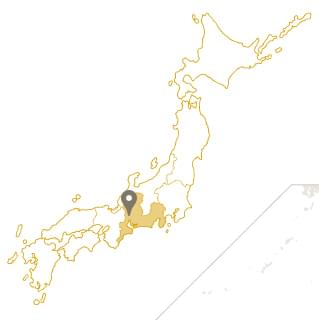Nagara, Gifu City, is a town rich in nature, surrounded by the clear Nagara River and Mt. Kinka. Ukai, or cormorant fishing, is an ancient fishing method that has been practiced here for about 1,300 years. A cormorant master controls a team of cormorants, who catch the fish whole without breaking it into pieces. It has a very long history and tradition, as it is still practiced under the protection of the imperial family. The Nagara River Ukai Museum, eco-tours on Japanese-style boats conducted by river fishermen, and accommodations using restored old private homes have been established to promote awareness of this traditional river fishing method. Visitors can experience the lifestyle of Japanese people who have lived together with the river for millennia.
Yui no Fune: Specializing in ayu
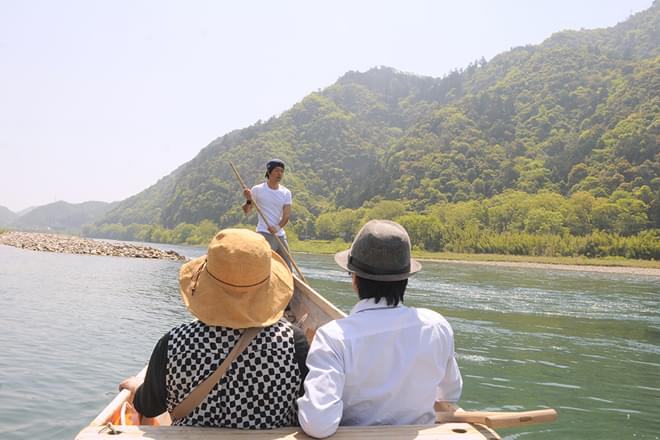
The Nagara River, one of the three clearest rivers in Japan, is home to ayu (sweetfish), eel, and suppon (soft-shelled turtle). Cormorant fishing and Sehari net fishing have a long history of being practiced on this river. River fisherman Kentaro Hiraku, who still fishes every day on the river, organizes the "Experiencing the Nagara River with a River Fisherman Course" in order to introduce the traditional fishing method to as many people as possible. Visitors can appreciate the blessings of the river and its importance through the experience of riding in a wooden Japanese-style boat operated by Mr. Hiraku, watching a demonstration of traditional fishing methods up close, and eating the freshly-caught fish.

The Nagara River is known as a treasure house of wild ayu. The fishing season for ayu runs from May to November, starting with young ayu in early summer, followed by fatty summer ayu, and then autumn ayu with roe. You can enjoy different tastes of ayu depending on the season as it continues to grow throughout the year.
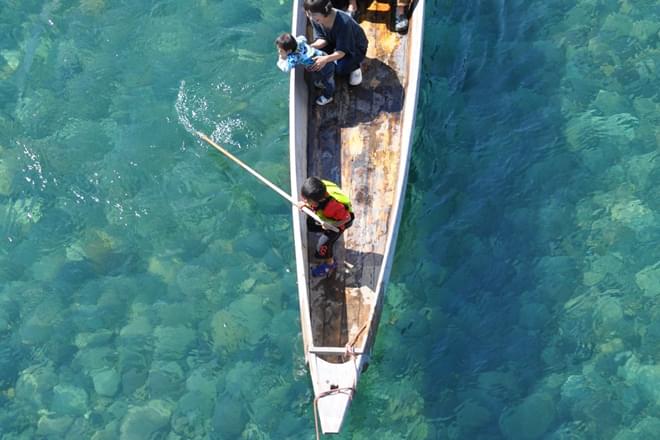
Wooden Japanese-style boats used for Ukai are made of a type of wood called Kouyamaki. There are fewer people making these boats in modern times and they are extremely valuable. Mr. Hiraku owns five of these wooden boats, and during the tour, visitors can try rowing the boats with a bamboo pole and wooden oars.
- Name:
- Yui-no-Fune, specializing in wild ayu fish
- Address:
- 45-1 Nagara, Gifu City, Gifu Prefecture
- Telephone number:
- 080-8256-4295
- Activities:
- Nagara River experience with a river fisherman (experience operating a fishing boat, traditional fishing demonstrations, tasting wild ayu fish, etc.)
Nagawagawa Ukai Museum

This museum introduces the Nagara River Ukai (cormorant fishing), a much-loved summer tradition. Ukai is a historic fishing method described in the ancient books Kojiki (Record of Ancient Matters) and Nihonshoki (Chronicles of Japan), both of which were written in the 8th century. Nagara River Ukai has been loved by many historical figures including Nobunaga Oda, and this practice is now designated as an Important Intangible Folk Cultural Property of Japan. The museum introduces visitors to the history of Ukai, its methods, the profile of cormorant masters, and many other fascinating aspects of this ancient tradition.
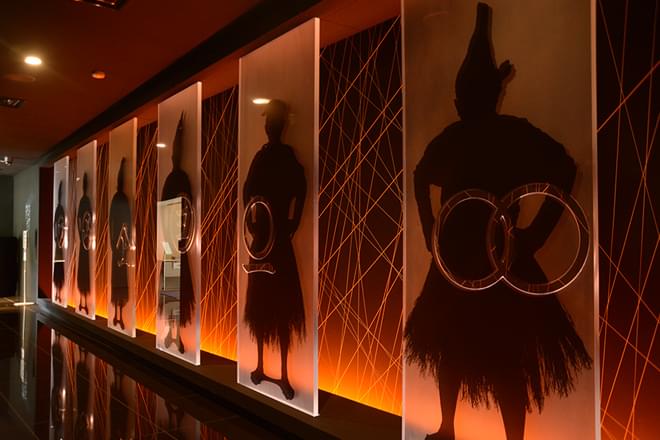
At the entrance, the silhouettes of six cormorant masters and their house names create a mystical atmosphere. Inside the museum, visitors can see a full-size Ukai boat, audio-visual guidance theater, a lengthy historical timeline, and a video showing the moment when a cormorant catches ayu fish in the water.
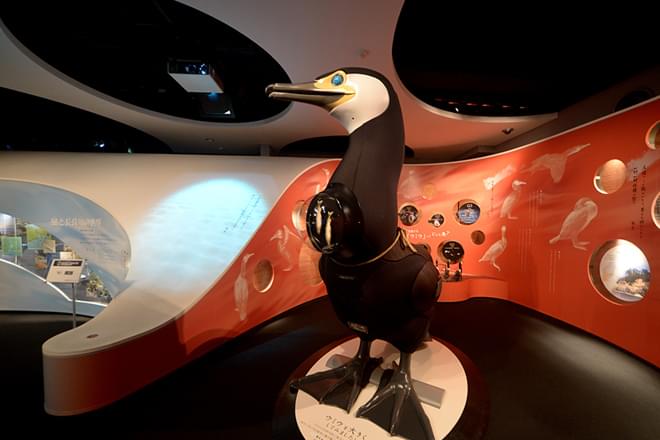
One of the main exhibits is a huge model of a cormorant. The video images installed in the body of the cormorant show the structure of the cormorant's body, allowing visitors to understand the system of Ukai (cormorant fishing). There is also a model display of a cormorant habitat, where visitors can see their natural environment up close.
- Name:
- Nagaragawa Ukai Museum
- Address:
- 51-2 Nagara, Gifu City, Gifu Prefecture
- Telephone number:
- 058-210-1555
LA LUCANDA
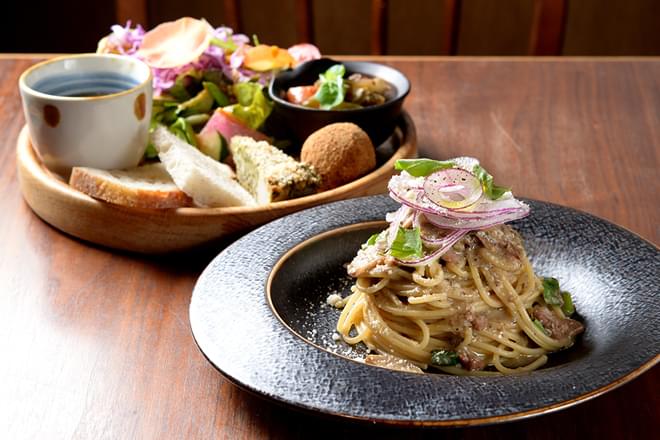
Image is for reference only.
Chef Luca and Patissier Tomoyo are the husband-and-wife team running this restaurant. They serve authentic Italian cuisine using fresh local fish and vegetables. Located on the second floor of "&n," a renovated timber warehouse, you can enjoy your meal in a relaxing space. A set menu of appetizers and pasta starts from 1,760 yen. This set menu offers soup, homemade bread with natural yeast, arancino, salad, and seasonal pasta, and is highly satisfying. Other tasteful course meals are also recommended.
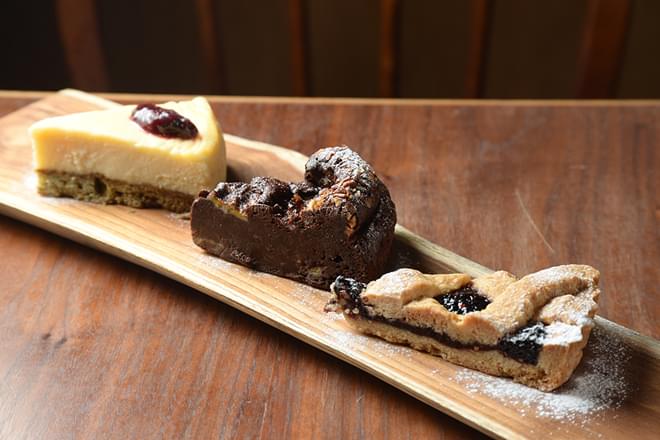
Tomoyo, who has loved baking since she was a child, makes her own sweets every day using fruits, cheese, chocolate, and other ingredients. Her creations masterfully balance sweet and sour flavors, and they are perfect for enjoying after dinner with a cup of rich espresso.
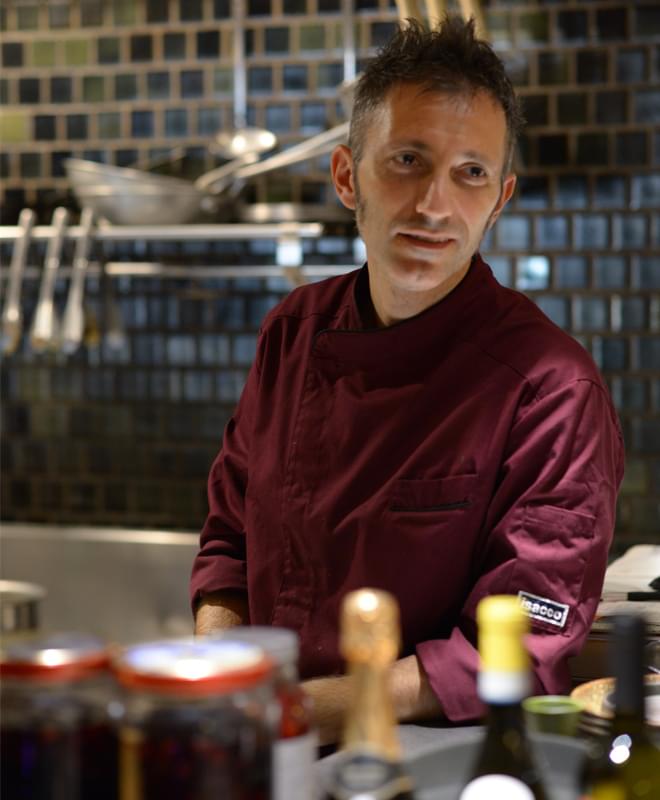
Chef Luca develops creative menus from a variety of ingredients. While training in Italian cuisine in Europe, he became interested in Japanese culture and came to Japan. He opened LA LUCANDA, serving dishes that fuse the best of Japanese and Italian cuisines.
- Name:
- LA LUCANDA
- Address:
- 2F & n, 45-1 Nagara, Gifu-shi, Gifu
- Telephone number:
- 058-216-4601
- Email:
- lalucandaitaly@gmail.com
Ukaigakuya
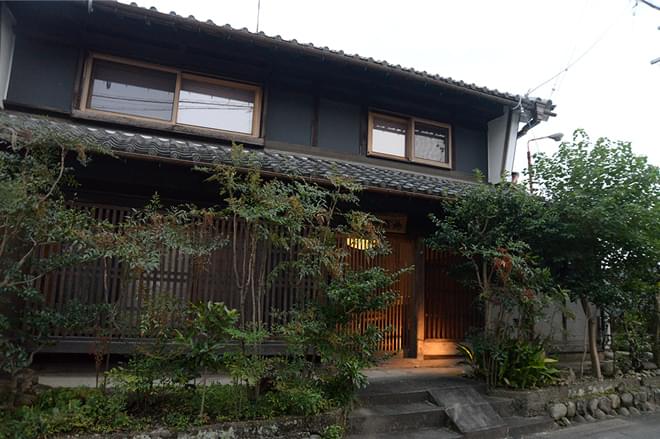
This 100-year-old private house was renovated into an inn. While the atmosphere of the traditional Japanese house has been preserved, renovations have also been added such as bathrooms refurbished with cypress wood. With a dining room, bathroom, one Western-style room, and two Japanese-style rooms, families and groups can spend time together as if they were living in their own home. The inn is in Nagara, a town known for Ukai (cormorant fishing), and when you go for a walk, you can sometimes hear cormorants crying and see cormorant masters busily preparing for Ukai. The entire town has the atmosphere of GAKUYA, a backstage for Ukai.

Mr. Chikamatsu used his background as an architect from Gifu City to renovate the inn. The building, which used to be a lumber wholesaler, is old but solidly built and he hopes that foreign guests will experience the beauty of a Japanese-style house.

The Western-style room has Nagara cedar and cypress covering the walls and ceiling, but also retains some of the old earthen walls. Paintings left by previous residents and artwork purchased by Mr. Chikamatsu are displayed around the room, and a tasteful Japanese-style cabinet creates a comfortable and relaxing atmosphere.

The garden was created by a gardener who is also a successful contemporary artist. Since the garden does not receive much sunlight, he designed a cloud of moss which floats ever so slightly from the ground. The glass doors on the porch are made of Taisho glass, which is slightly distorted to create a unique elegance.
- Name:
- Ukai Gakuya
- Address:
- 39-4 Nagara, Gifu City, Gifu Prefecture
- Telephone number:
- 050-3695-2447
&n(ANDON)

This renovated former lumber warehouse and processing plant is equipped with a cafeteria, restaurant, creators' store, and free space. Visitors can stop by during their stroll to enjoy a meal or a cup of tea, or gather information about nearby spots. There is also a reception desk for fishing boat and kayak experiences, and they can also recommend other fun activities on the Nagara River. The morning market is popular and always attracts a large crowd, and it is held on the second Sunday of every month from 8A.M. to 11A.M.
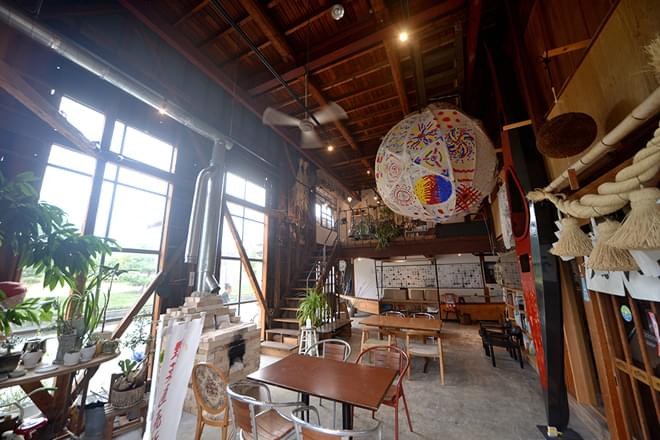
The building is a two-story complex. The first floor of the building has a free space, "Ukaiya Shokudo," "Yui no Fune," and "Bar Kayak," while the second floor has an Italian restaurant "LA LUCANDA," and a custom-made flower shop "Puhara".
- Name:
- &n(ANDON)
- Address:
- 45-1 Nagara, Gifu City, Gifu Prefecture

